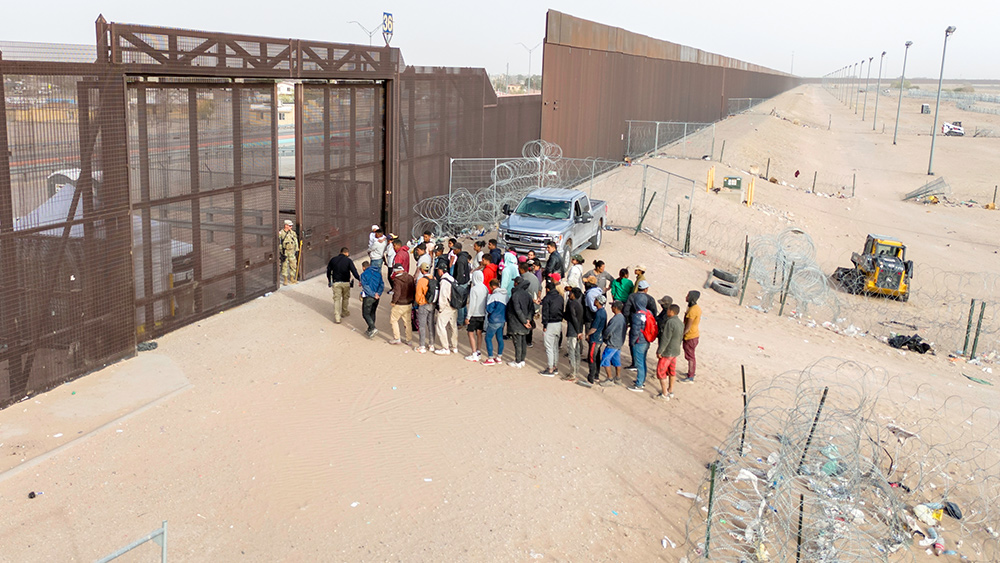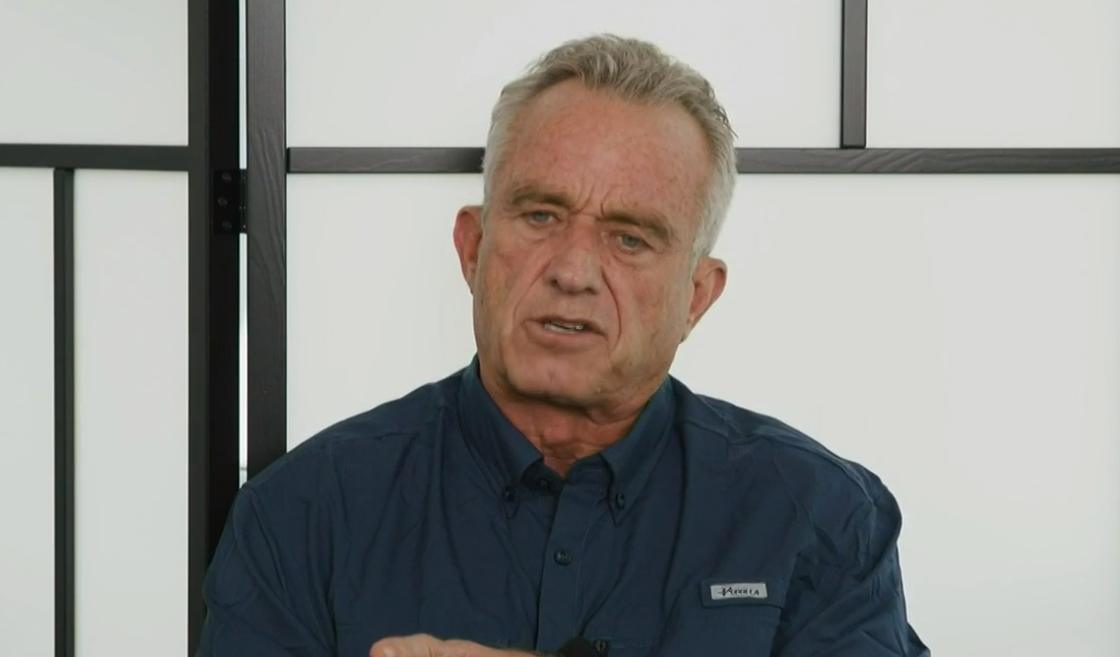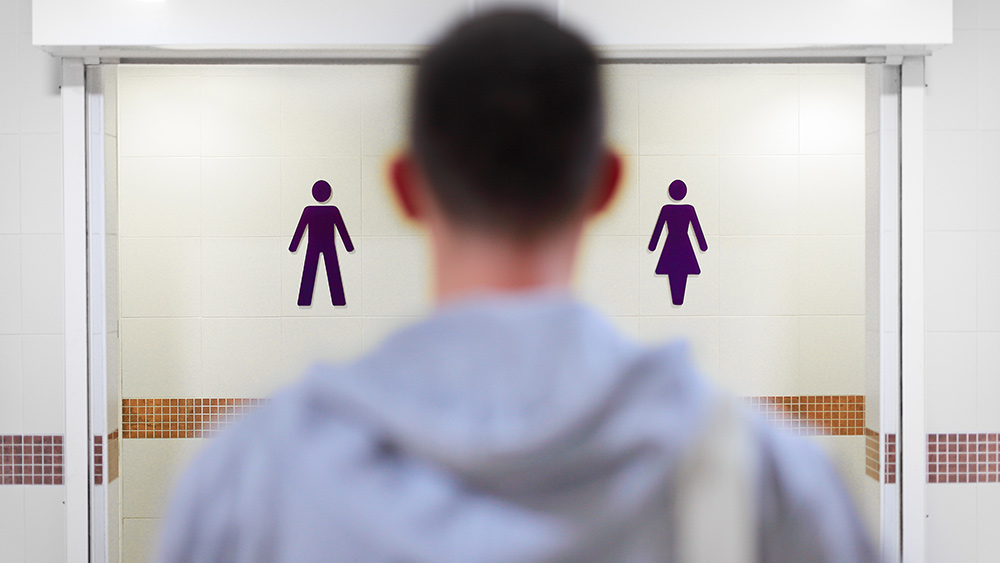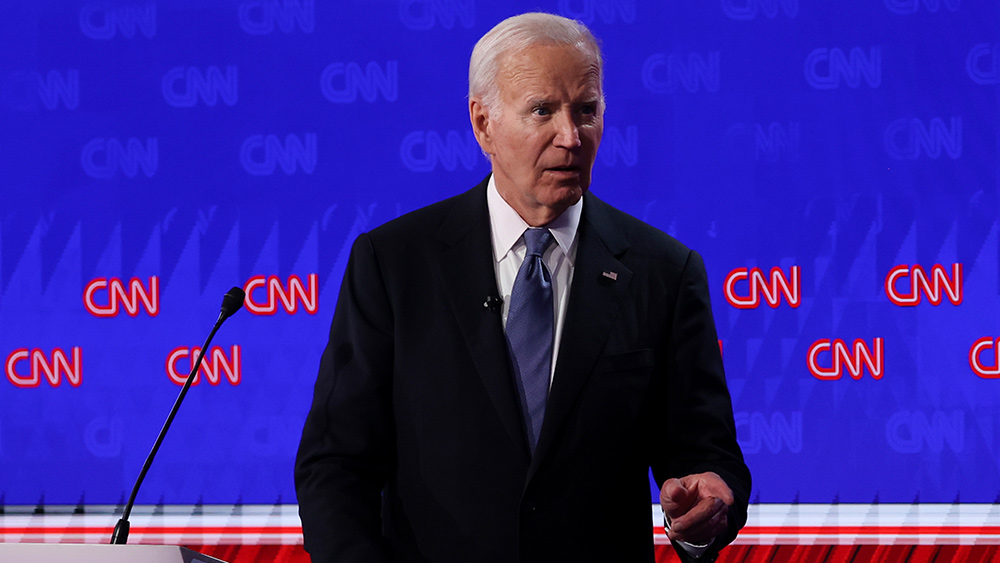 Parler
Parler Gab
Gab
- The Biden-era CBP One app, designed to streamline migrant entry at the southern border, was discontinued immediately after President Donald Trump’s inauguration.
- Trump declared a national emergency at the southern border, vowing to halt illegal immigration and deport millions of undocumented migrants.
- Approximately 270,000 migrants were awaiting appointments via the app, which allowed them to schedule entry through a lottery system.
- Trump’s policies mark a sharp reversal from the Biden administration’s approach, reigniting debates over border security and immigration reform.
No more streamlining migrants into the U.S.
In a swift and decisive move, the Trump administration shut down the CBP One app, a Biden-era tool designed to facilitate legal entry for migrants at the southern U.S. border. The app’s termination, announced hours after Donald Trump was sworn in as the 47th president on January 20, 2025, underscores his administration’s hardline stance on immigration. Trump declared a national emergency at the border, framing the situation as an “invasion” and vowing to prioritize the deportation of undocumented migrants, many of whom he claims have criminal records. This policy shift marks a dramatic departure from the Biden administration’s approach, reigniting a decades-long debate over how to balance border security with humanitarian concerns. Introduced under President Joe Biden in 2023, the CBP One app was designed to streamline the process for migrants seeking to enter the U.S. legally. Key features of the now defunct CBP One App included: 1. Appointment scheduling for ports of entry One of the app’s most significant features was its ability to allow users to schedule appointments at ports of entry. This is particularly beneficial for asylum seekers and migrants who are required to present themselves at designated locations for processing. 2. Document submission and verification The app allowed users to upload and submit required documents, such as passports, visas, and asylum applications, directly through their mobile devices. This feature not only sped up the processing time but also reduced the risk of lost or misplaced paperwork. 3. Real-time notifications and updates Users received real-time notifications about the status of their applications, appointments, and other immigration-related matters. This helped the migrants stay informed about their status as they expedited their entry into the U.S. 4. Language accessibility Recognizing the diverse linguistic needs of its users, the app was made available in multiple languages, including Spanish, Haitian Creole, and others. These features ensured that non-English speakers were able to navigate the app with ease. 5. Travel and trade facilitation Beyond immigration services, the app also supported travelers and businesses by providing information on customs regulations, duty-free allowances, and other trade-related requirements. By the time of its discontinuation, approximately 270,000 migrants were reportedly waiting for appointments on the Mexican side of the border, according to CBS News. The sudden cancellation of the app left many in limbo, with existing appointments voided and no clear alternative in place. “This app was a Band-Aid on a bullet wound,” said Mark Morgan, a former acting commissioner of U.S. Customs and Border Protection under Trump. “It didn’t address the root causes of illegal immigration, and it created a false sense of hope for migrants.”Trump’s border policy overhaul begins
In his inaugural address, Trump reaffirmed his campaign promises to crack down on illegal immigration, describing the situation at the southern border as an “invasion” that threatens national security. Later that evening, he signed an executive order declaring a national emergency, a move that grants the federal government expanded powers to address the crisis. “All illegal entry will immediately be halted. And we will begin the process of returning millions and millions of criminal aliens back to the places from which they came,” Trump said during his speech. He also pledged to reinstate the “Remain in Mexico” policy, which requires asylum seekers to wait in Mexico while their claims are processed, and to intensify efforts to combat drug cartels and foreign criminal gangs. The Trump administration’s approach represents a stark contrast to the Biden era, which saw record-high levels of migrant encounters at the border. According to the Office of Homeland Security Statistics, an estimated 11 million undocumented migrants were living in the U.S. as of 2022, a figure that has likely grown since then. For the latest on this issue, read more at BorderSecurity.News. Sources include: RT.com Enoch, Brighteon.ai OHSS.DHS.gov [PDF]The Cavalry Has Arrived: Trump Delivers Long-Awaited Relief to Storm-Ravaged North Carolina
By Willow Tohi // Share
Biden gave China the AI advantage
By Willow Tohi // Share
Trump’s aggressive immigration raids spark controversy and praise
By Finn Heartley // Share
Governments continue to obscure COVID-19 vaccine data amid rising concerns over excess deaths
By patricklewis // Share
Tech giant Microsoft backs EXTINCTION with its support of carbon capture programs
By ramontomeydw // Share
Germany to resume arms exports to Israel despite repeated ceasefire violations
By isabelle // Share










